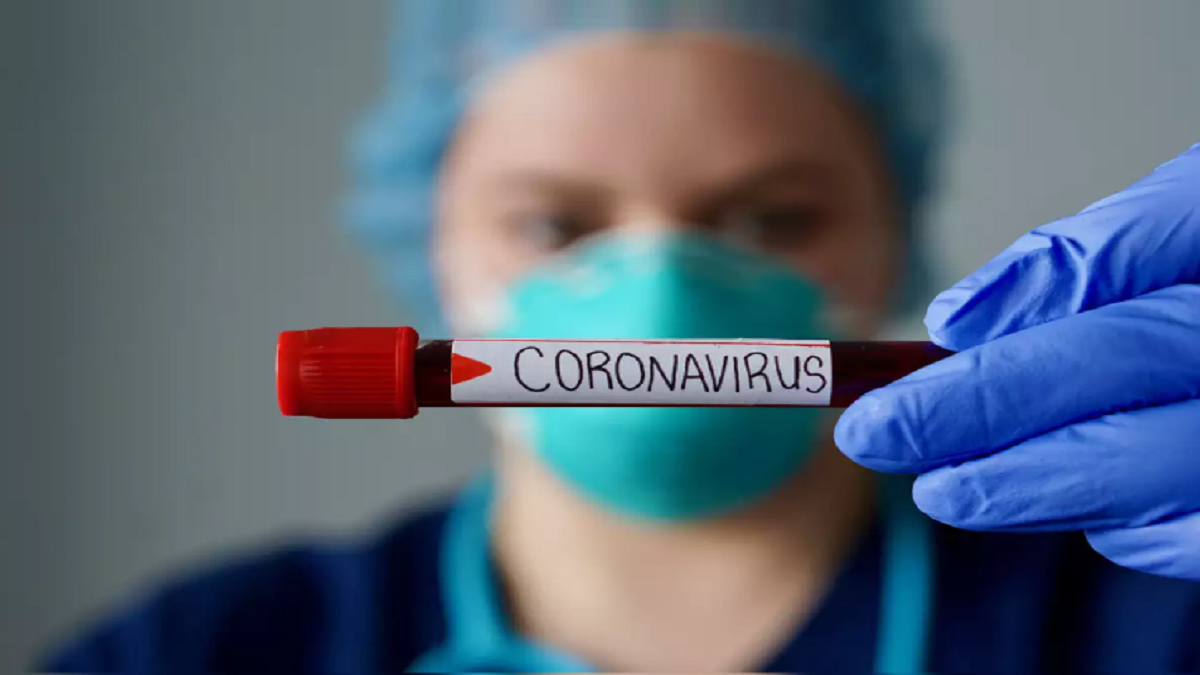


An article published in the journal Frontiers in Cellular and Infection Microbiology describes a study conducted by researchers at the State University of Campinas (UNICAMP) and the University of So Paulo (USP) in Brazil that demonstrates how a human protein interacts with a SARS-CoV-2 protein, as well as one of the ways the virus that causes Covid -19 recruits cells to replicate.
In laboratory tests, the researchers used a drug to inhibit the interaction between the molecules, reducing viral replication by 15% to 20%. They anticipate that their findings will aid in the development of Covid-19 treatments. “PCNA [proliferating cell nuclear antigen], a human protein, interacts with SARS-CoV-2 protein M [matrix], one of the molecules that make up the virus’s membrane and gives it shape.” “The discovery itself demonstrates one of the ways the pathogen manipulates cell function for its life cycle to proceed,” said Fernando Moreira Simabuco, a professor at UNICAMP’s School of Applied Sciences (FCA) in Limeira and the study’s principal investigator. The researchers investigated how the presence of the viral protein M in the organism causes PCNA, a protein involved in DNA repair, to migrate from the cell nucleus to the cytoplasm, a cellular region containing organelles responsible for important cell functions.
This migration, according to the researchers, demonstrates that viral and human proteins interact, a conclusion supported by other methods, such as the use of compounds to inhibit protein migration from the nucleus to the cytoplasm. In cells treated with both a PCNA-specific compound and another that inhibits the migration of various proteins, including PCNA, viral replication was reduced by 15% to 20% when compared to untreated cells. “If we were thinking about treatment, this reduction might not have been significant,” Simabuco said. But our main goal was to demonstrate the interaction and show that it could be a future therapeutic target. They analysed samples of lung tissue obtained during autopsies of deceased Covid -19 patients in collaboration with researchers from USP’s Medical School’s Pathology Department.
PCNA expression was found to be higher than normal in these samples, as was the expression of the protein gamaH2AX, a marker of DNA damage, supporting the findings.